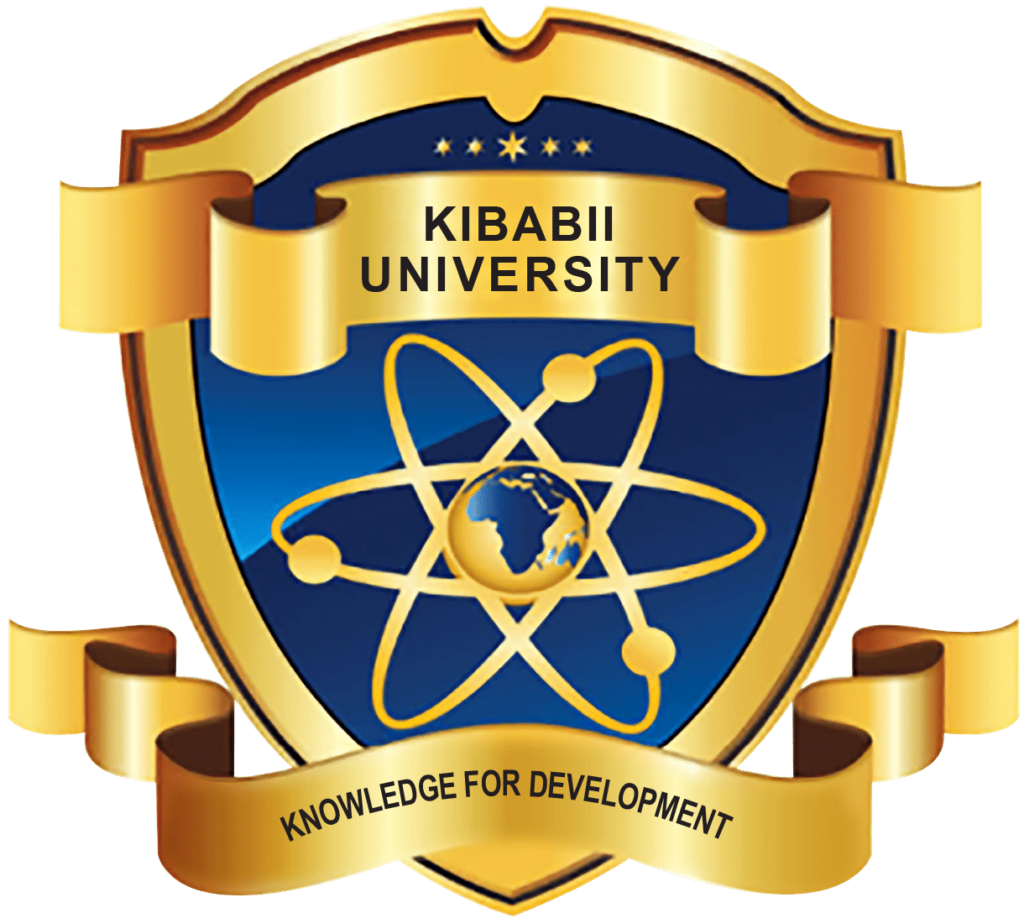Effects of effluents from suburban-agriculture-derived Nitrate-Nitrogen andSpatial-Temporal Variationson Tributaries of Molo River-upper reaches, Ecological System, Kenya
*N. K. Kibitok; 1 W. M. Moturi2; G. M. Ogendi2; K. Ngeno1 ; M. K. Mutumba1 and J. L. Museti1
1Egerton University, Animal Science Department, P. O. Box 536-20115, Egerton-Kenya
2Egerton University, Environmental Science Department, P.O. Box 536-20115, Egerton-Kenya,
Email: *nicholasbitok@yahoo.com
Abstract
Systematic observation and classification of anthropogenic activities at 23 impacted sites, a longMolo River was done in 2014 to evaluate their effects on surface water quality based on their relative position. Portable GPS receiver was used to identify geographic locations of the sites purposively selected; this included a reference site located in the upper reaches and others in the lower stretches. An observation schedule was used to collect data on human activities during dry and rainy-season. Nitrates (NO?), measurements were determined by spectrophotometry in accordance with the standard methods provided in APHA 2005 method. Physical parameters were measured in-situ using Wisenschafflich-TechnischeWerkstätten and pen type Dist 3 Model Meter probes. Data on human activities wereanalyzed using descriptive and inferential statistics. Analysis of variance (ANOVA) was used to analyze mean concentrations of various physical-chemical parameters and various sampling occasion. Observed activities comprised urban-construction/dumping of waste adjacent to riparian-buffer-zones, domestic animals watered at the river, people crossing River using vehicle, motorbikes and/or on-foot, children playing in the river, water abstraction, sand harvesting/quarrying, septic tanks-leaks, waste discharged into the river and Washing linen. The lowest measure was at the site denoted M15, while peak mean nitrates was observed at the site denoted M21, M5 and M19 which recorded 44.1±0.1 mgL–1, 20.5±0.9 mgL–1 and 17.9±1.9 mgL–1respectively. Frequency and intensity of human activities relate closely the results on physical-chemical parameters, interference from direct human activity than natural phenomenon best describes the finding. Large amounts of waste discharge and run-off from cultivated areas, organic loads from urban areas are responsible for pollution in Molo River and needs appropriate disposal technique with stringent implementation of sewage treatment plant with constant monitoring of the river water quality within the urban and sub-urban area. Restriction of human activities will play an significant role in controlling the pollution problem. Generally Molo river water is unsuitable for human consumption.
Keywords: Physical-Chemical parameters, surface water quality, anthropogenic activities, Non-point source pollution.
![]()
Download Abstract: Effects of effluents from suburban-agriculture-derived Nitrate-Nitrogen andSpatial-Temporal Variationson Tributaries of Molo River-upper reaches, Ecological System, Kenya

